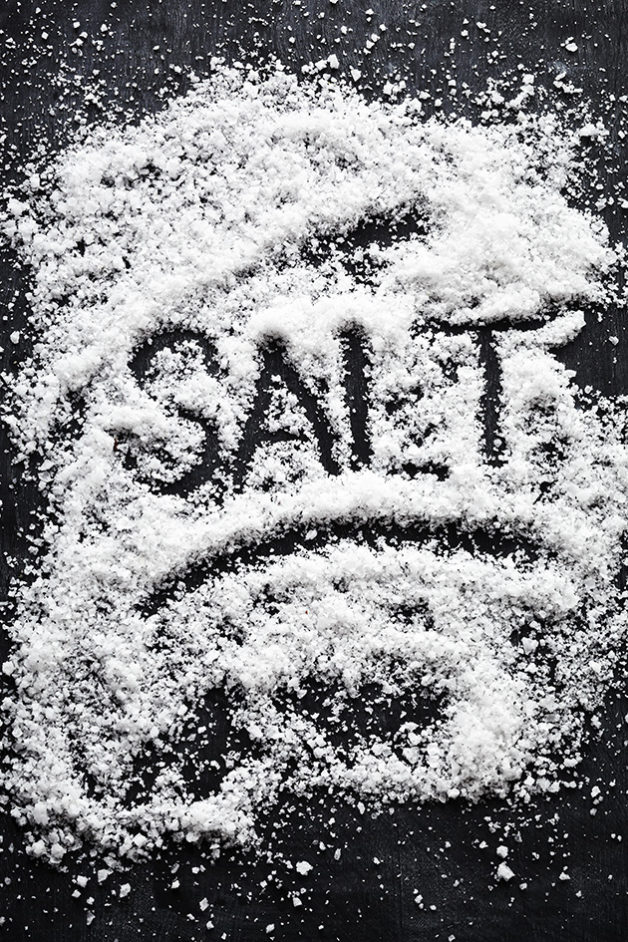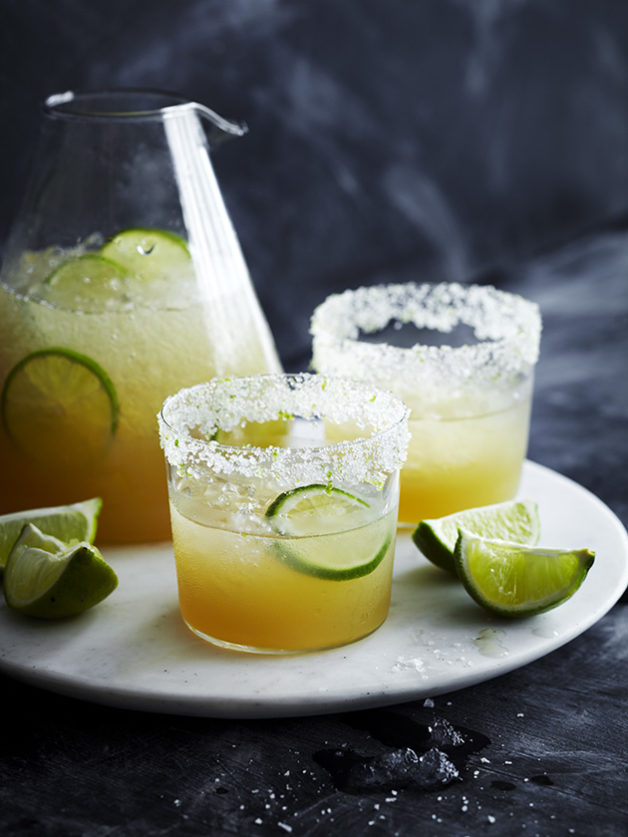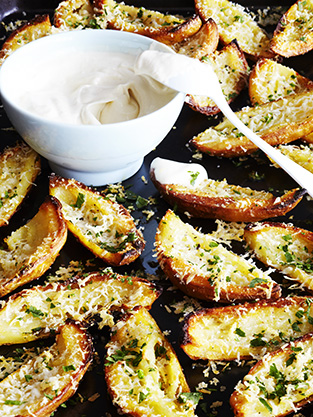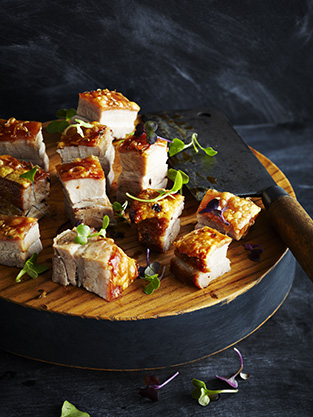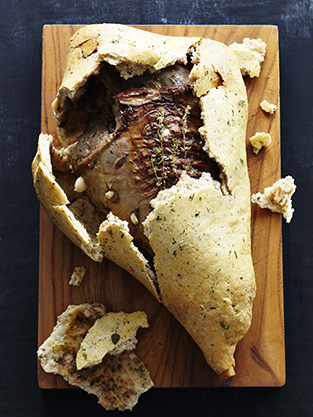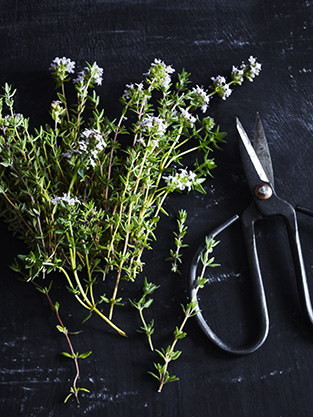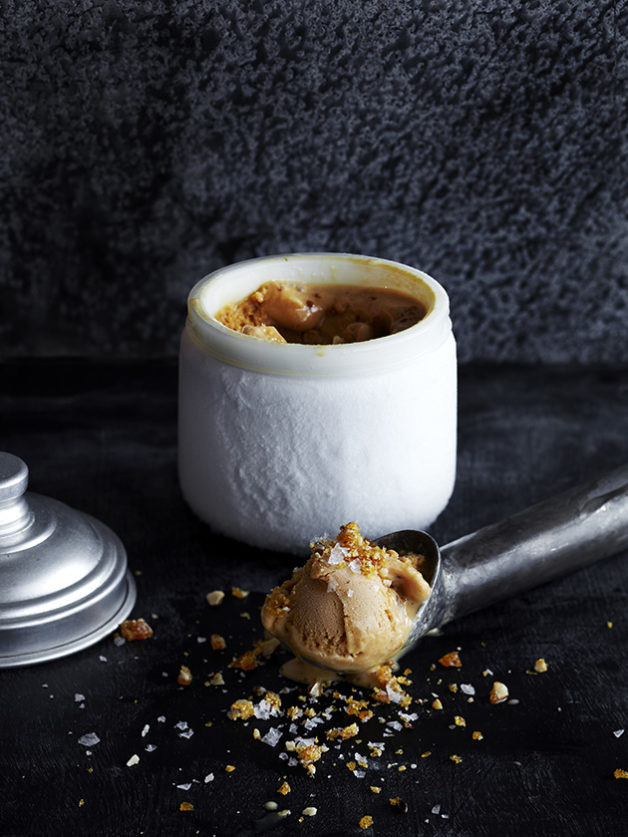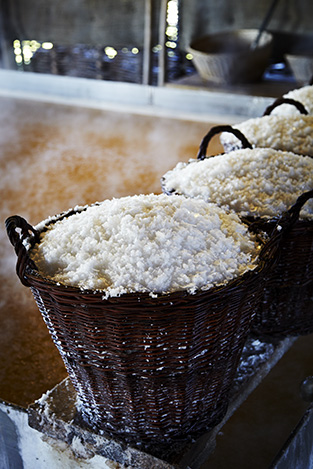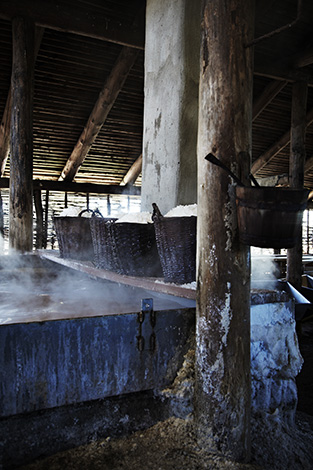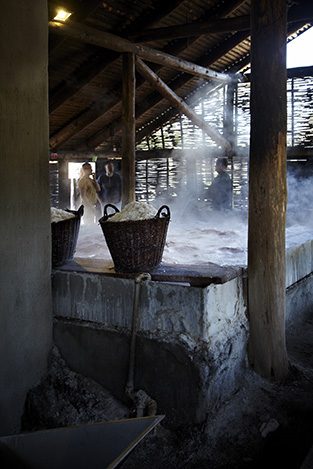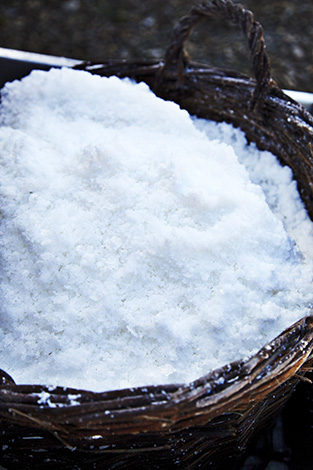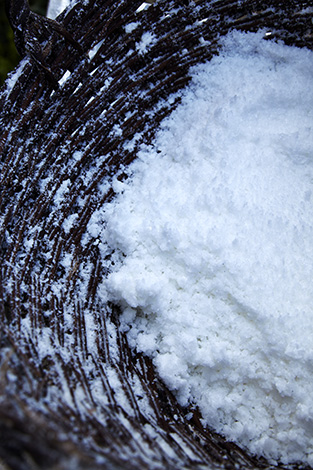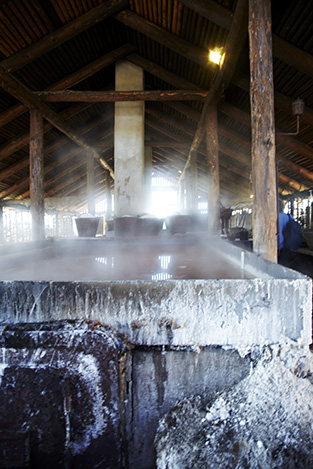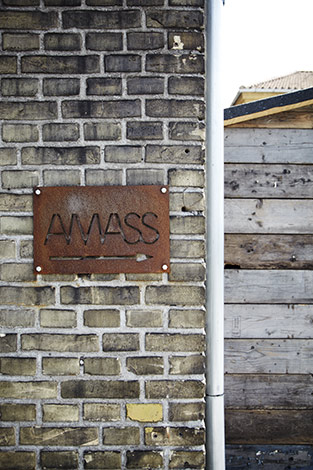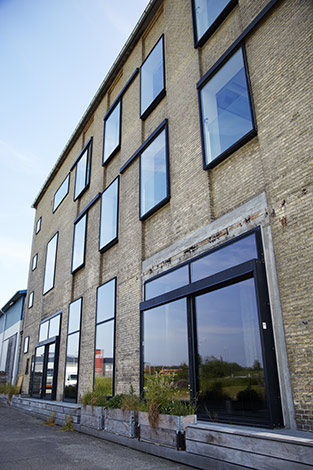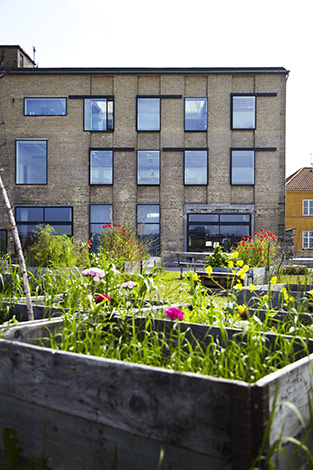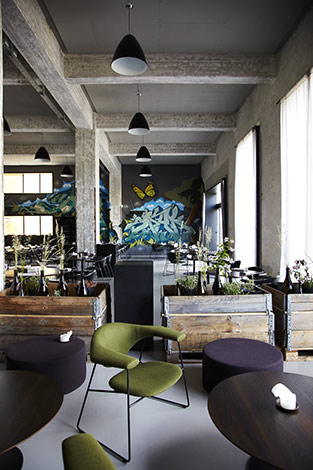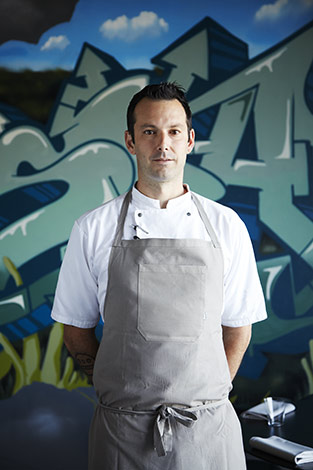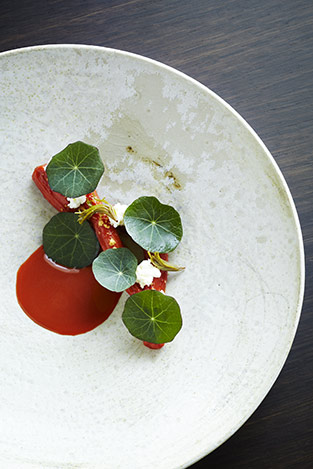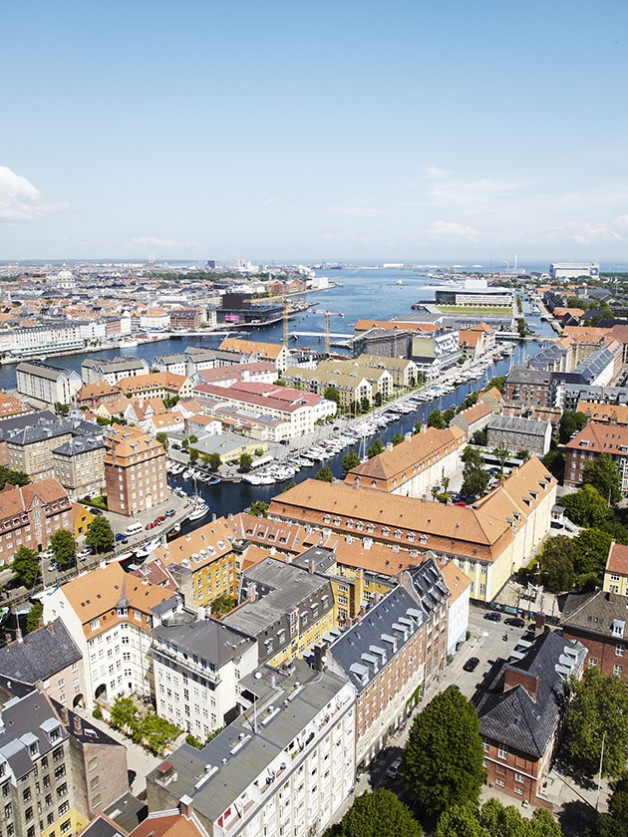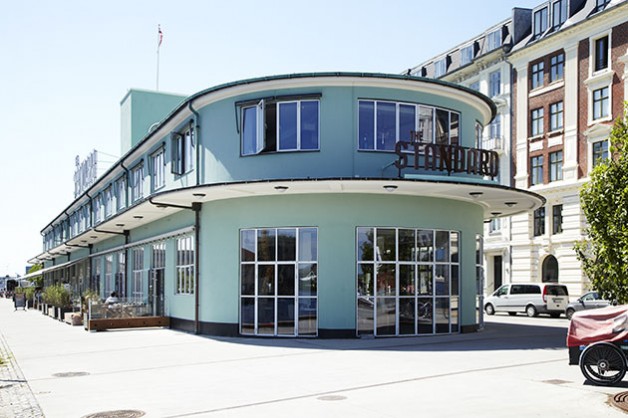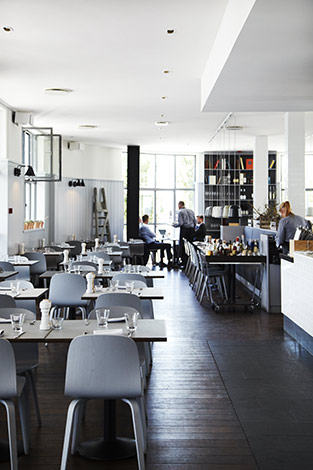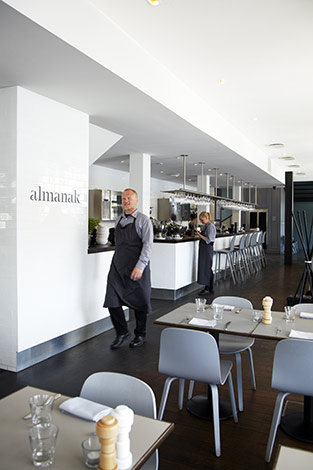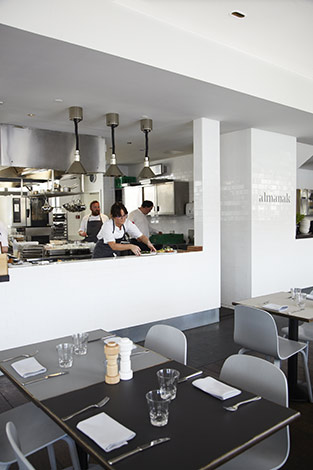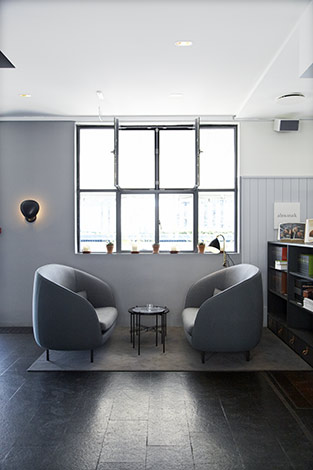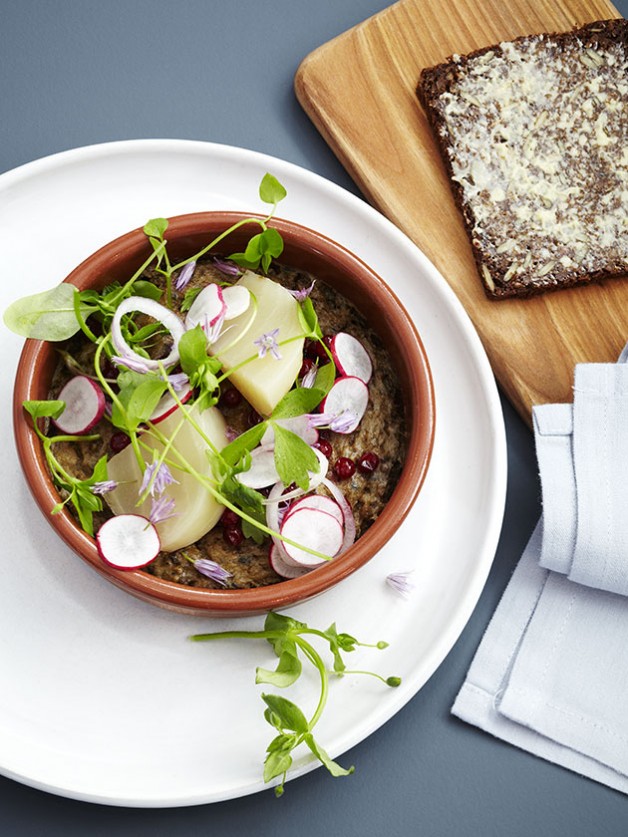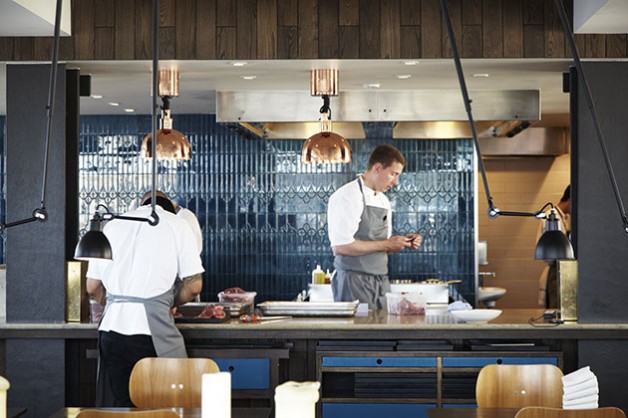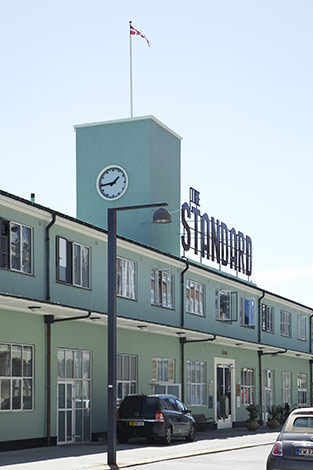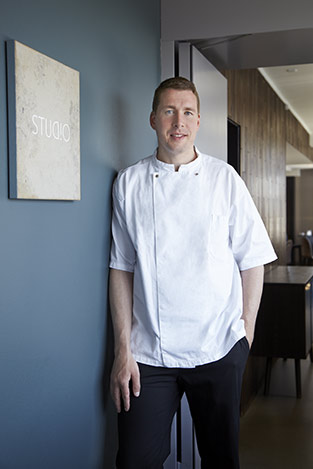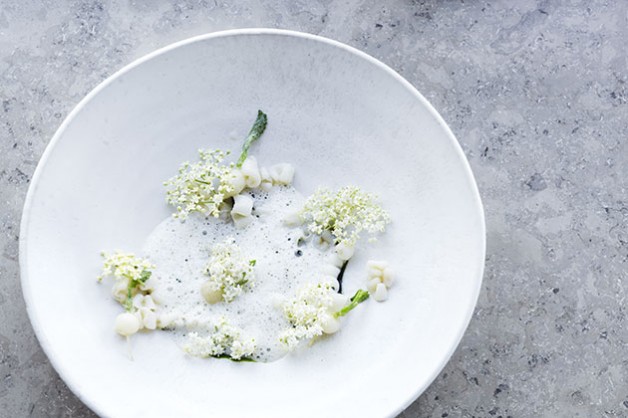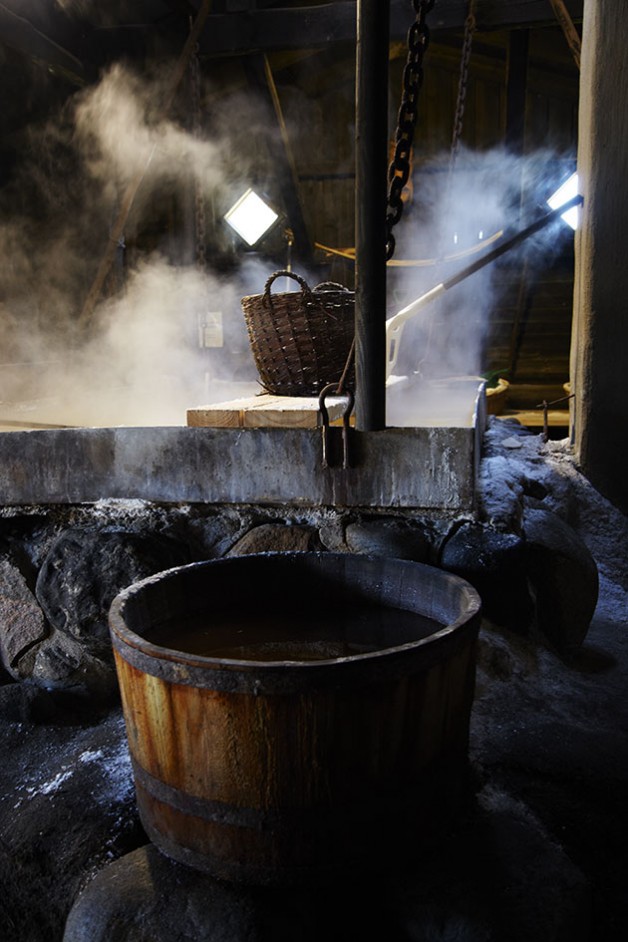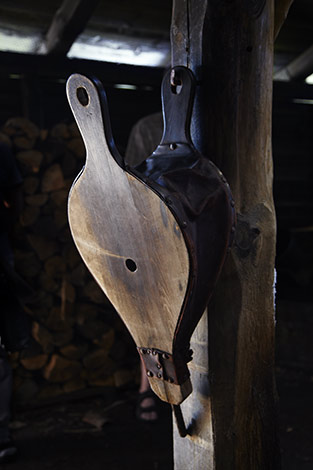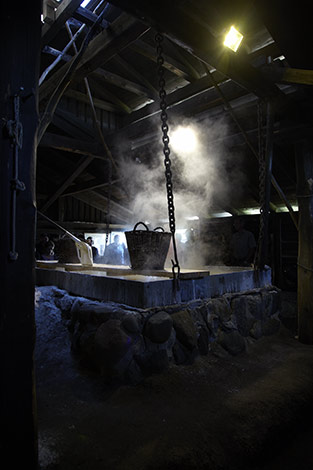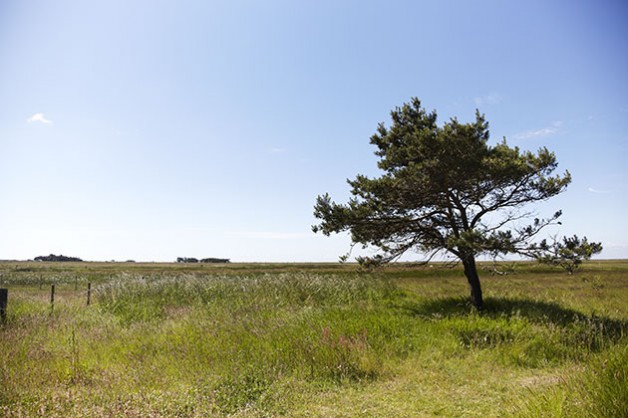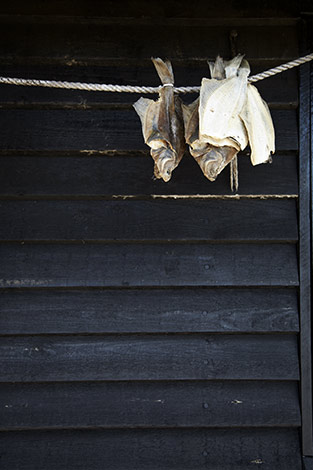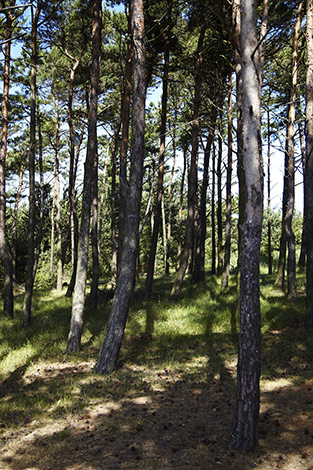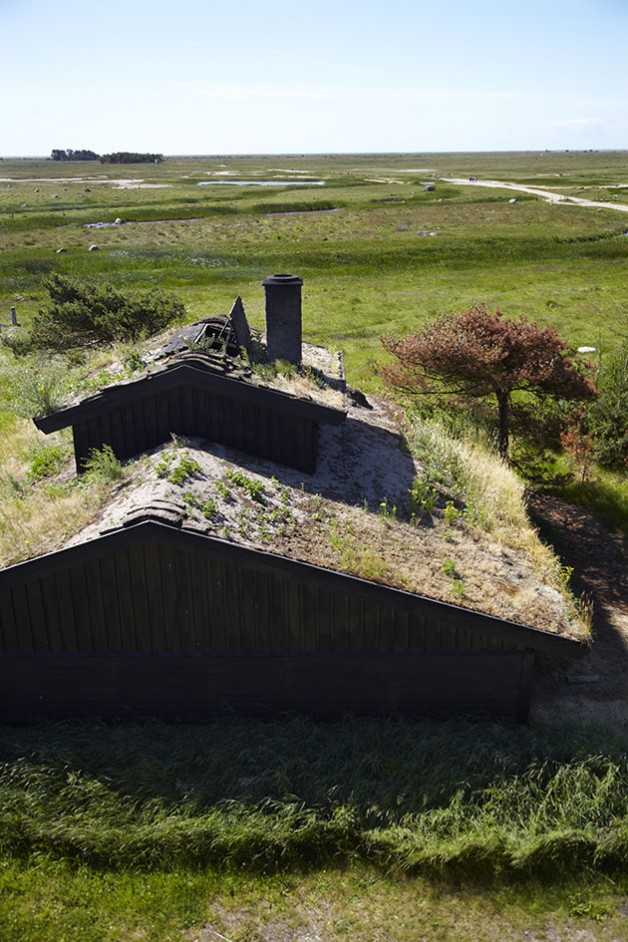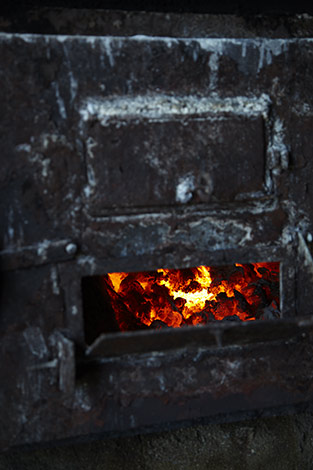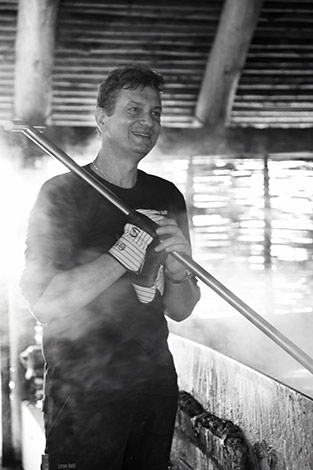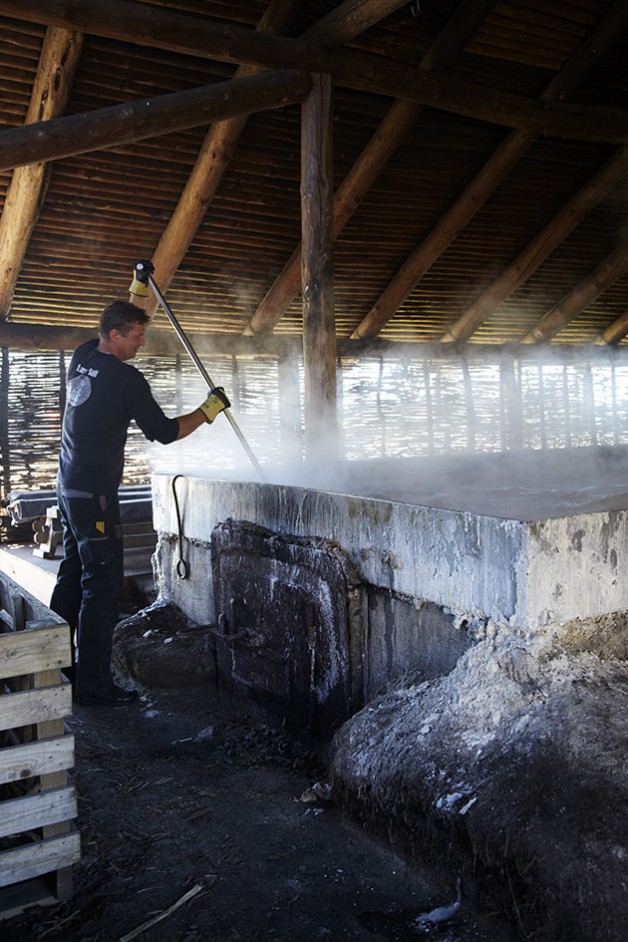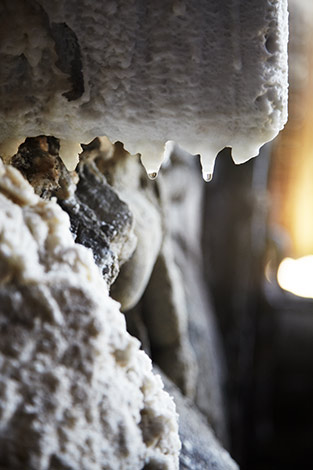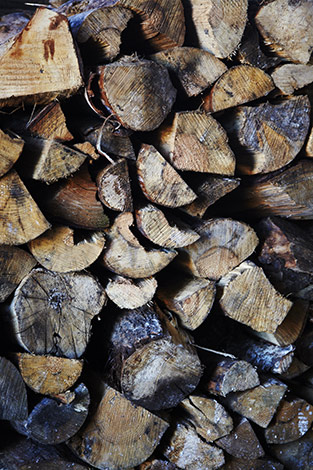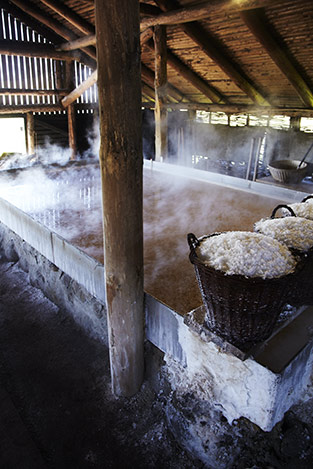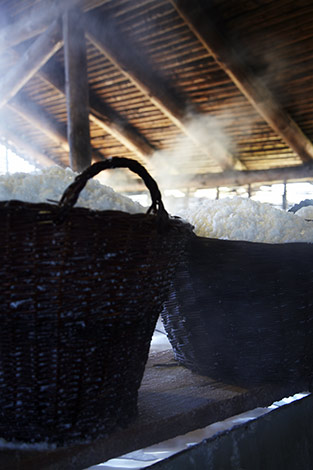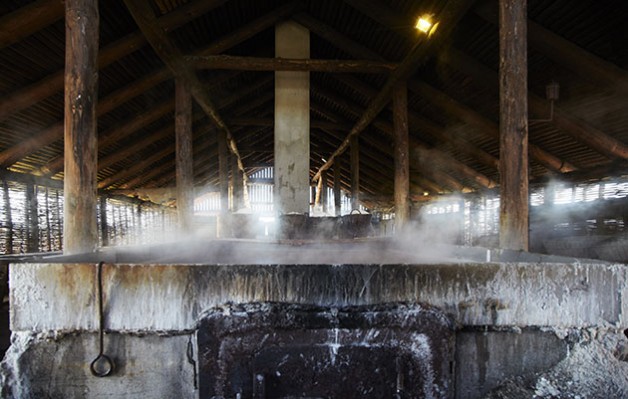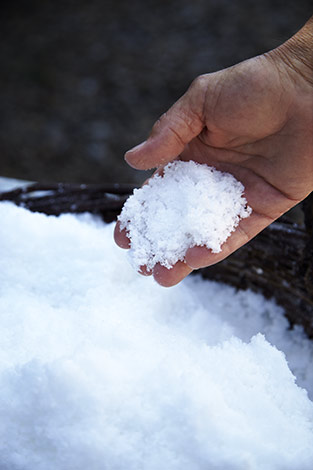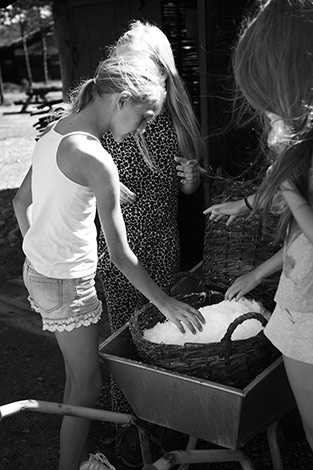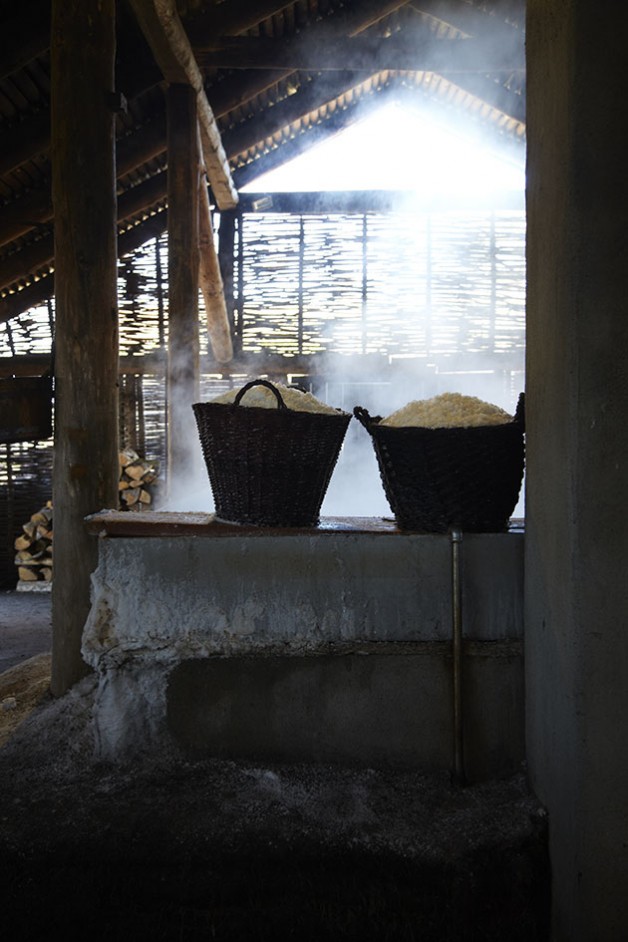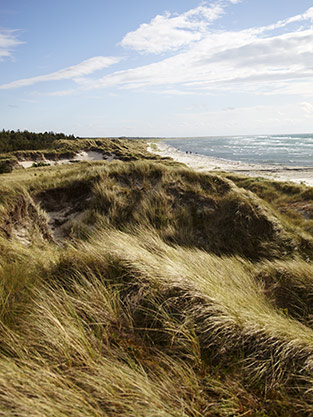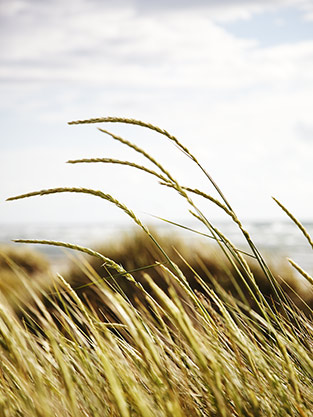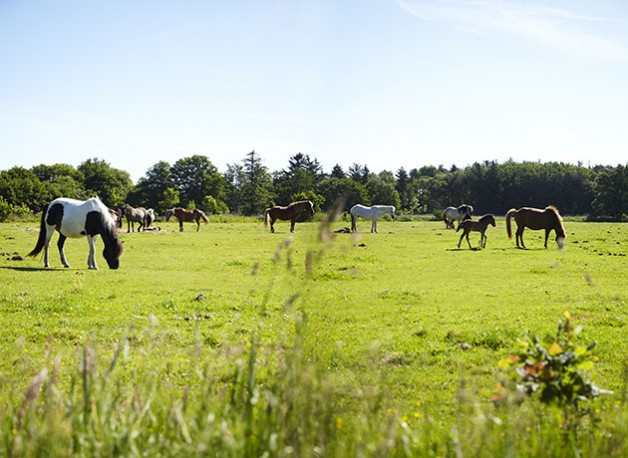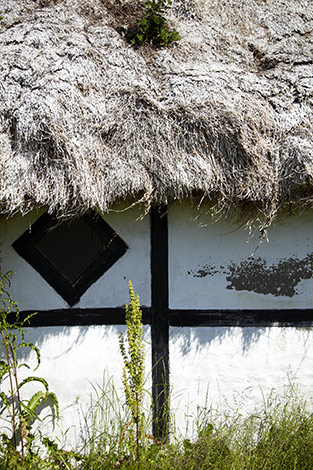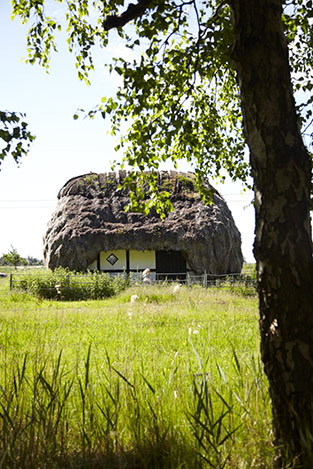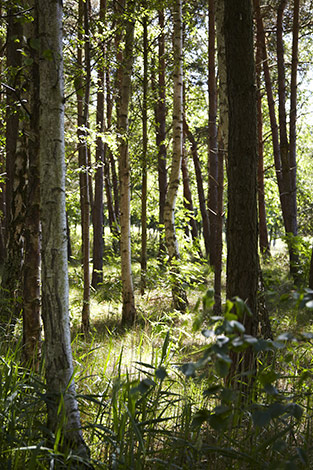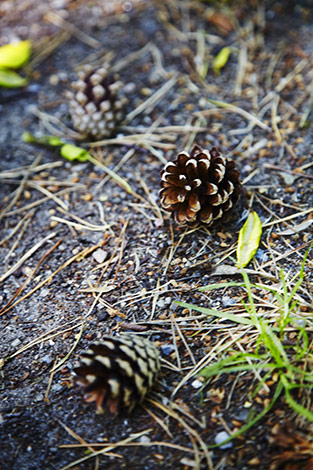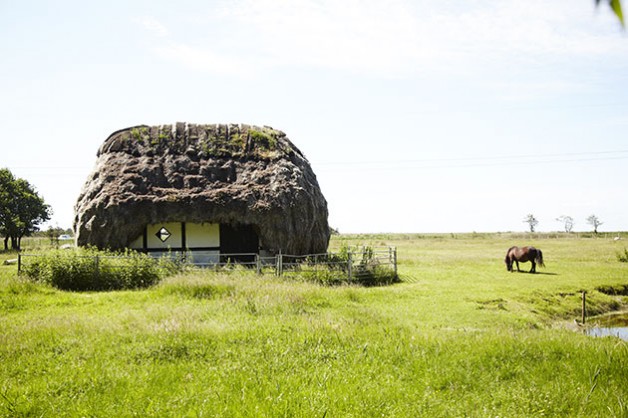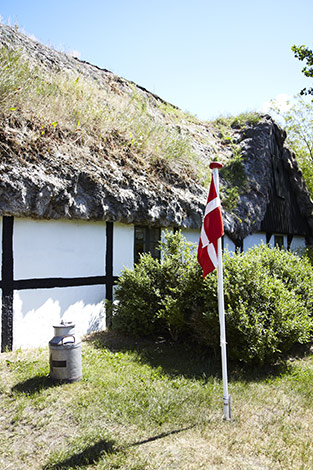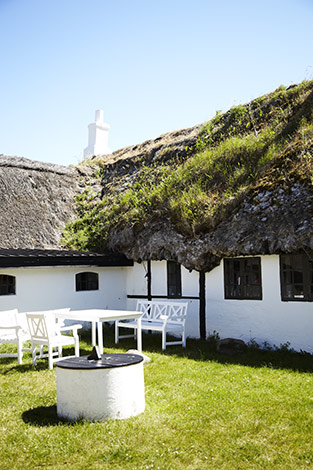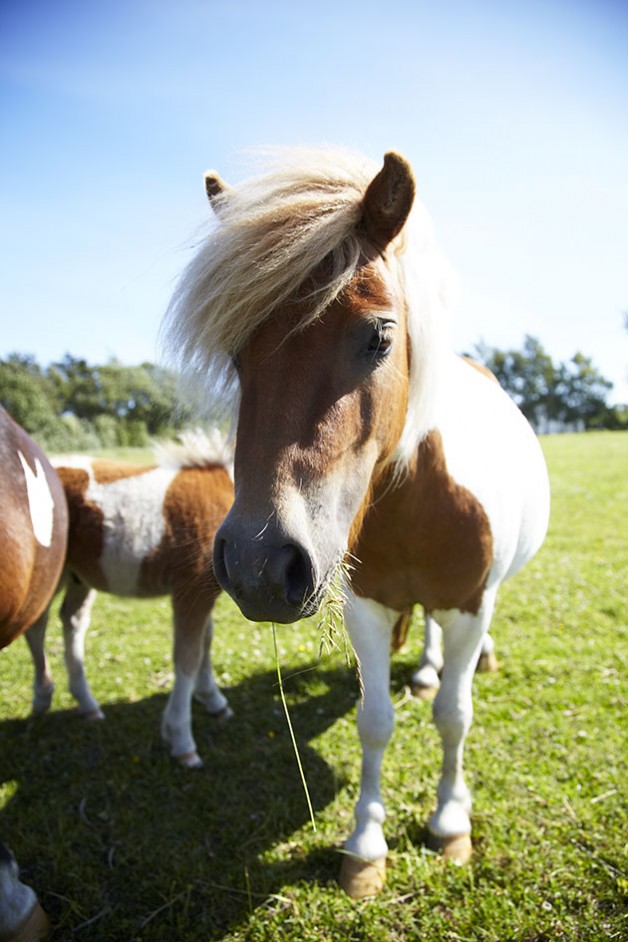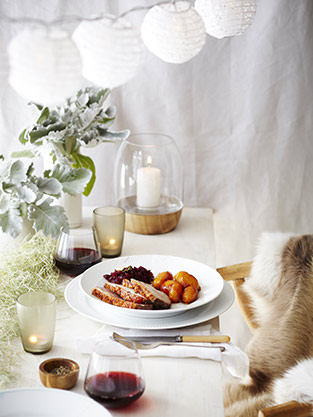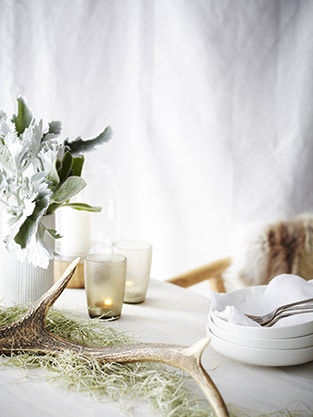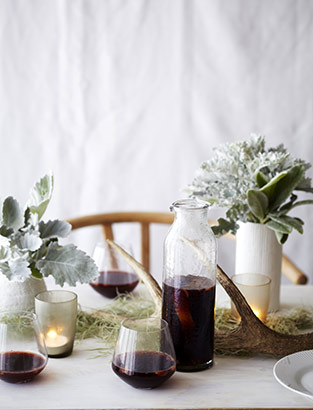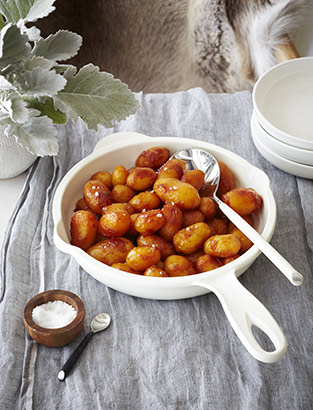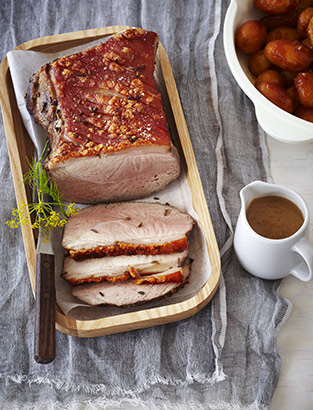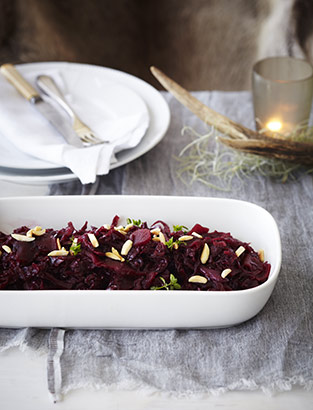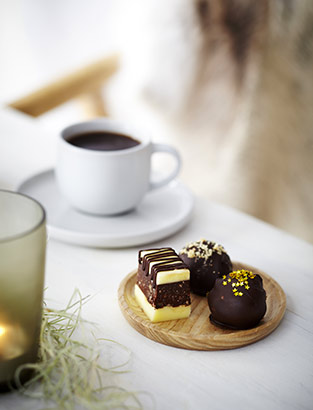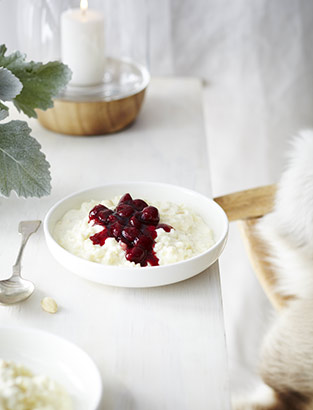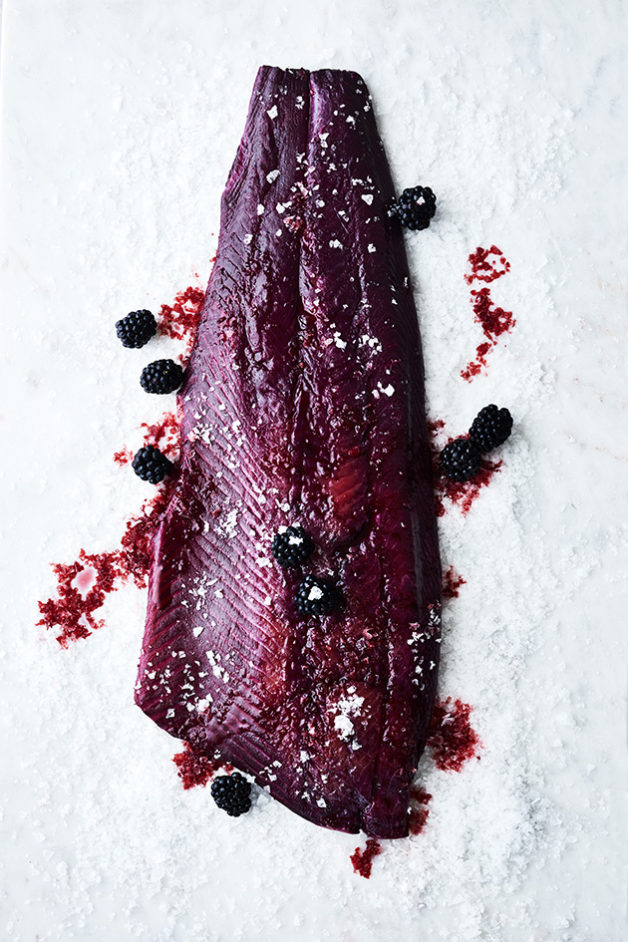
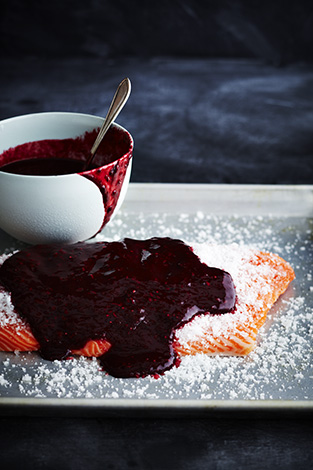
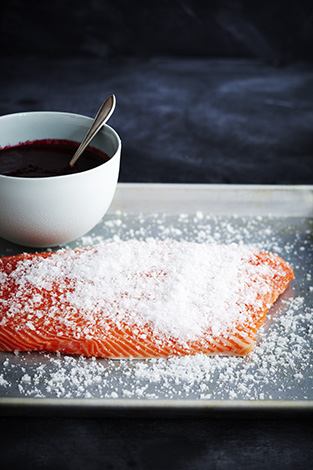
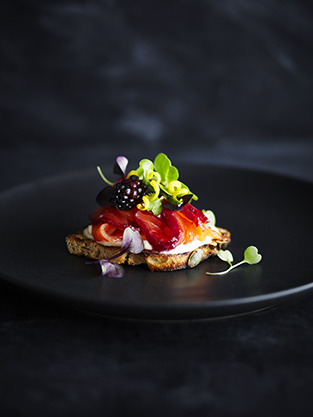
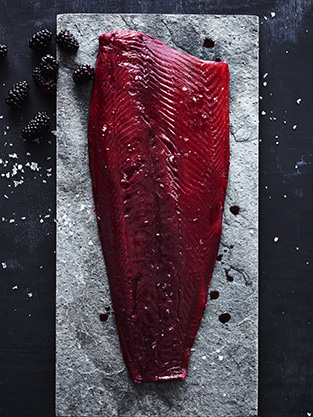
BLACKBERRY GRAV LAX
Serves 8-10
In this Grav Lax recipe salt, in combination with the sugar, alcohol and fruit is used to draw moisture out of the flesh and preserve the fish. Giving it a lovely smooth texture and a very slight salty taste. The traditional Scandinavian Grav Lax, has had an overhaul with blackberries, creating a stunning fillet, that looks great on your smorgasbord.
1 kg Salmon Fillet, skin on, pin boned
½ cup/70g Sea Salt Flakes
¼ cup Raw Sugar (weigh)
2 tsp Heilala Vanilla Powder (seeds from 2 vanilla pods)
2 tbsp freshly ground Pepper
3 cups/ 400 g Frozen or fresh Blackberries
1/3 cup/ 1 dl Snaps
2 tbsp fennel seeds
Horseradish Dip:
Horseradish cream
Sour cream
Salt & Pepper to taste
Serving:
Rye Bread
Micro greens (coriander & beetroot sprouts or watercress)
Lemon rind
Blackberries
Method Grav Lax:
Place sea salt, sugar, vanilla powder, pepper, blackberries, snaps and fennel seeds in a food processor or blender, and blitz to mix.
Place the salmon skin side down on several layers of cling film, (enough to wrap around and cover the salmon), and place on a baking tray. Using tweezers, remove the pin bones along the side of the salmon fillet. Spread the salt and blackberry mixture over the fish, making sure it’s completely covered. Then wrap the cling film tightly around the salmon. Place a second baking tray or chopping board over the fillet and weigh it down with a heavy item (Weighing the fish down, is not usually part of traditional Swedish curing technique, however it’s often used in Southern Hemisphere cooking, to help draw moisture out. This technique may give the fish a tougher texture).
Refrigerate and cure for at least 24 hours, up to 48 hours.
Remove the cling film and clean the seasoning mixture from the salmon with a wet teatowel. Avoid rinsing the filet, under the tap, as this will rinse out the beautiful red colour. Serve thinly sliced on toasted rye bread, garnish with micro herbs (ie coriander & beetroot sprouts or watercress), lemon rind, blackberries and horseradish dip (see method below).
Method Dip:
Mix horseradish cream and sour cream, evenly 50/50 and season with sea salt and pepper to your liking.
The Grav Lax will keep 3-4 days, chilled.
Cooking note: It is important to use sea salt crystals and not rock salt, as flavour and texture will vary greatly.
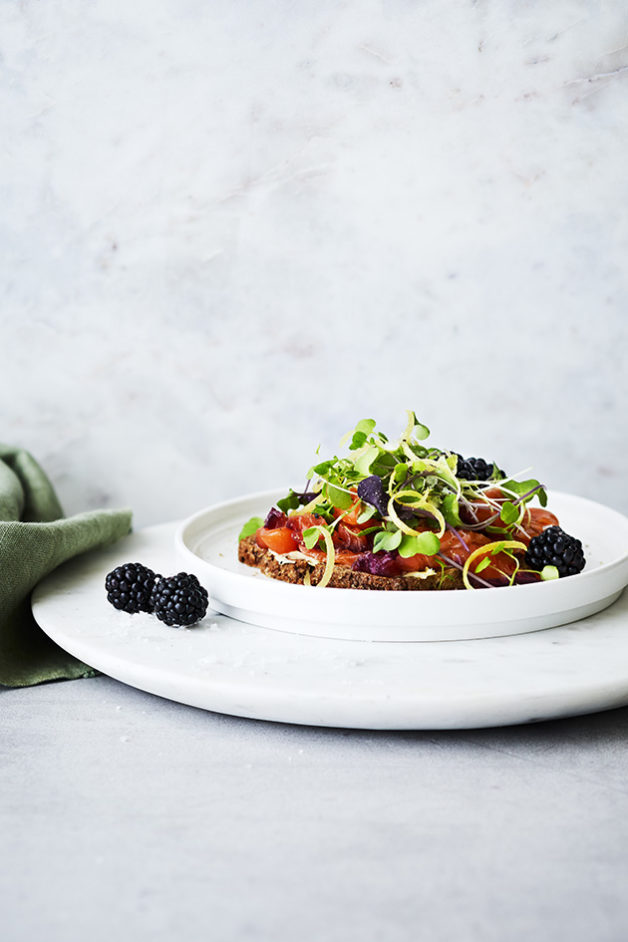
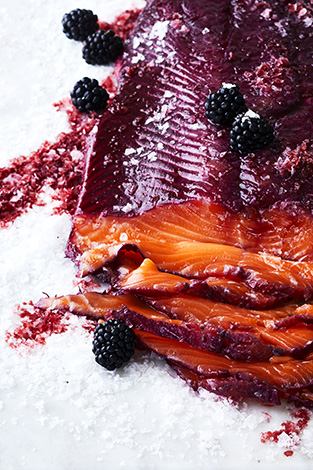
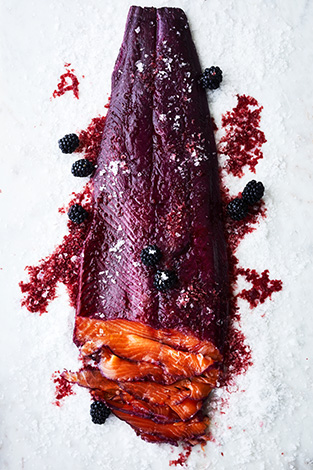
This recipe is part of my salt story published in MAD&venner #129 2015 & Matmagasinet Nord #23 2017, focusing on using salt as a main ingredient for cooking or flavouring. Try these recipes from this series too:
Salt & Vinegar Potato Skins
Pork Belly in Brine with Cripsy Crackling
Salt Dough Baked Leg of Lamb
The Perfectly Salty Margarita
Oozy Salted Chocolate Caramel Tart
Salted Caramel Ice Cream
Golden Pavlova with Summer Berries and Salted Chocolate Sauce
© Manja Wachsmuth 2017

